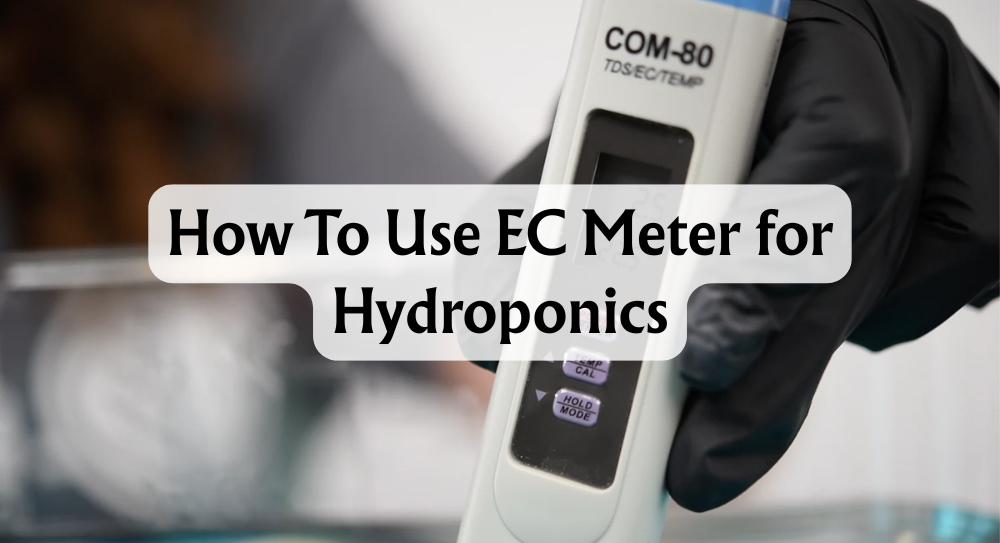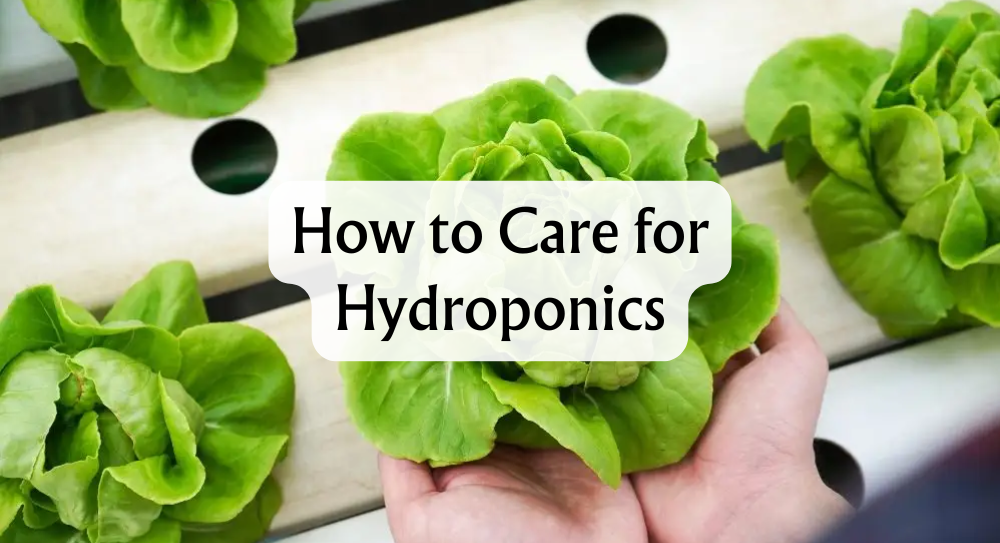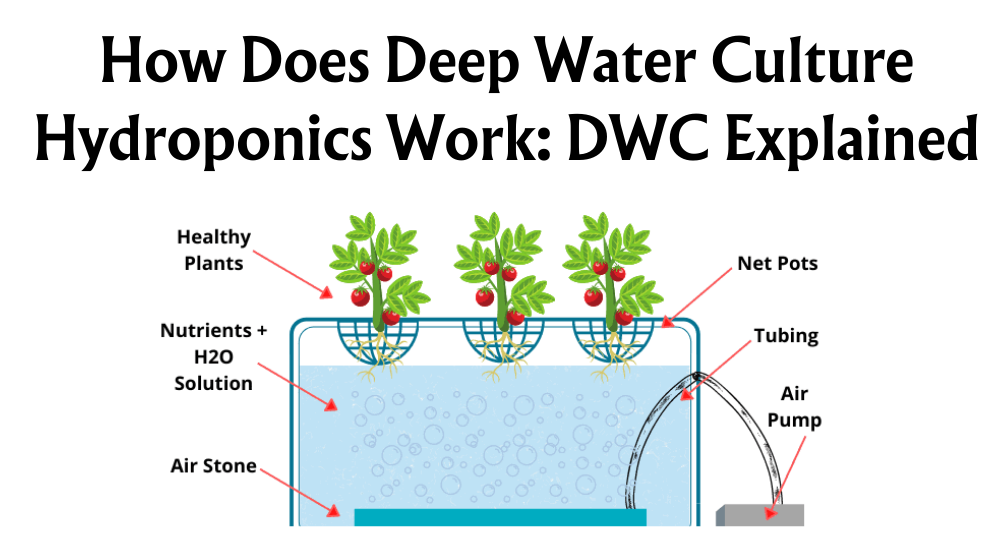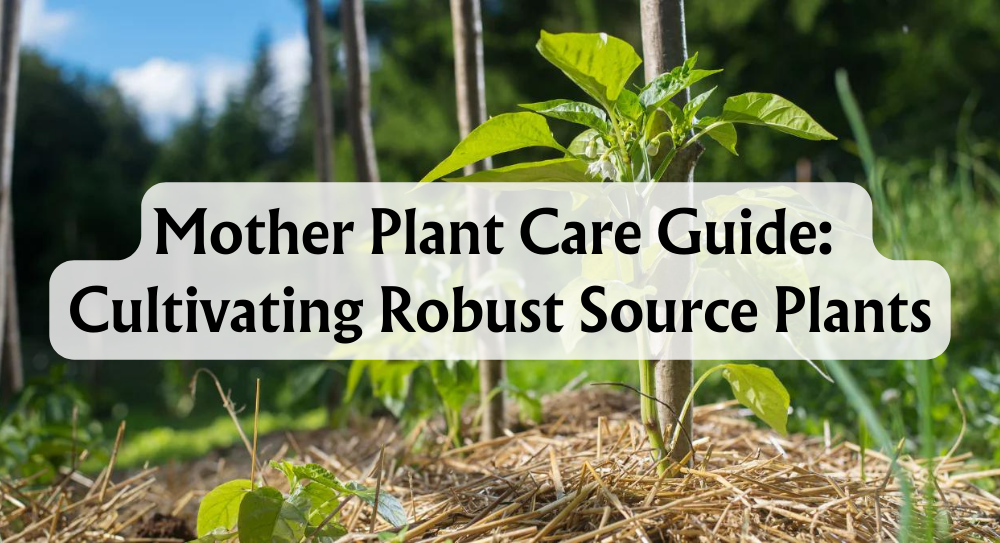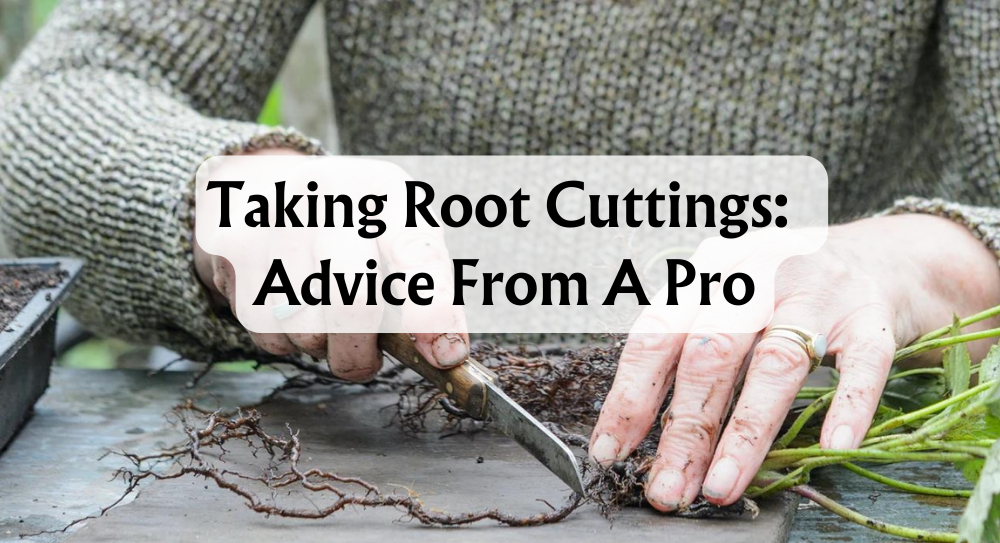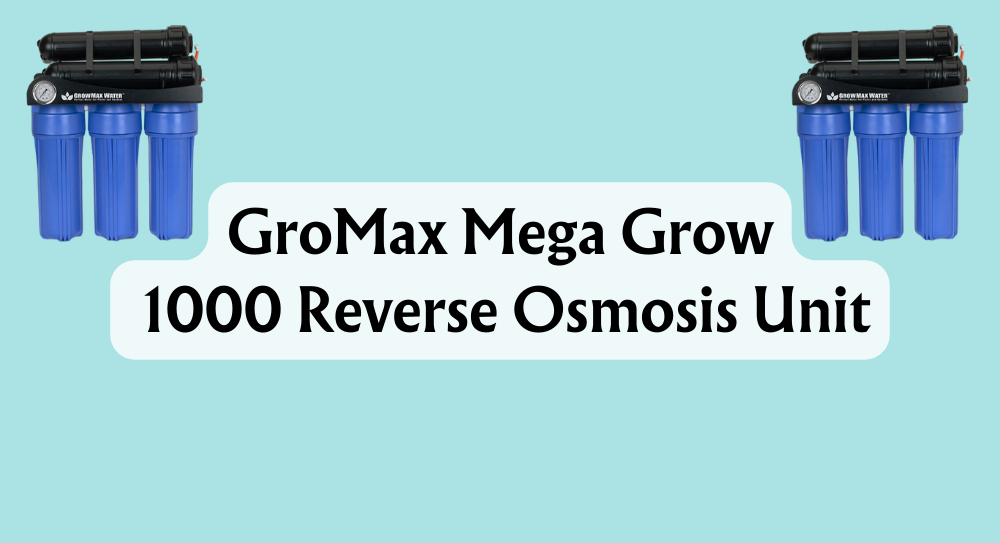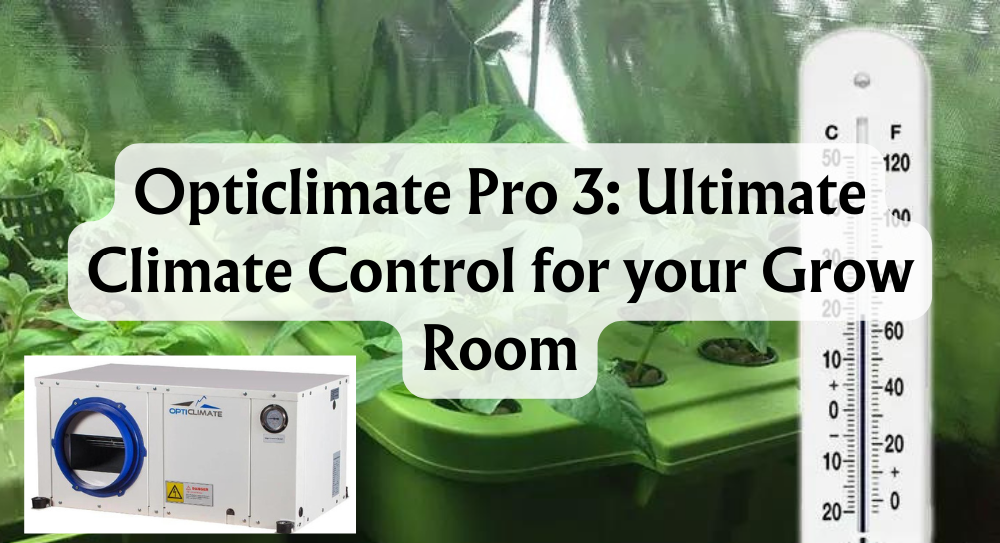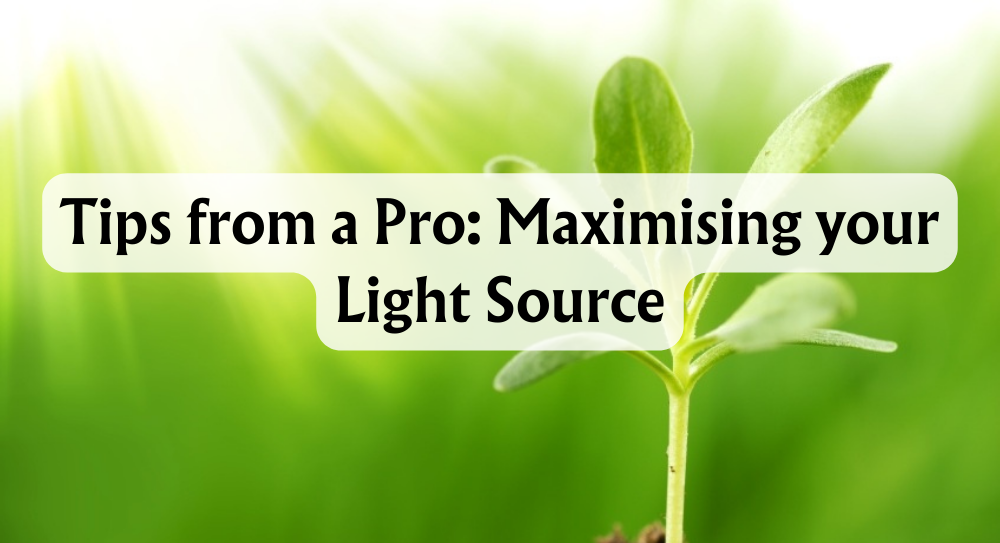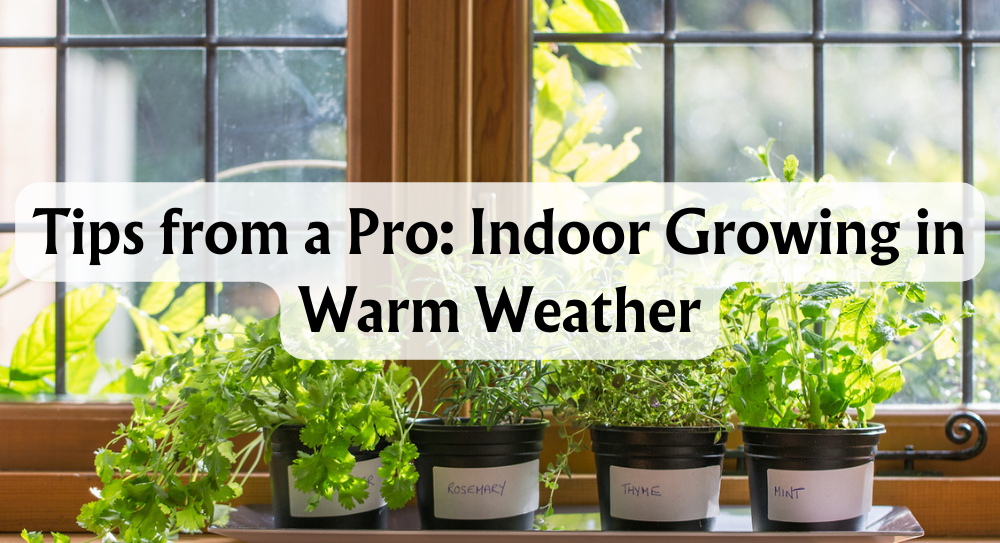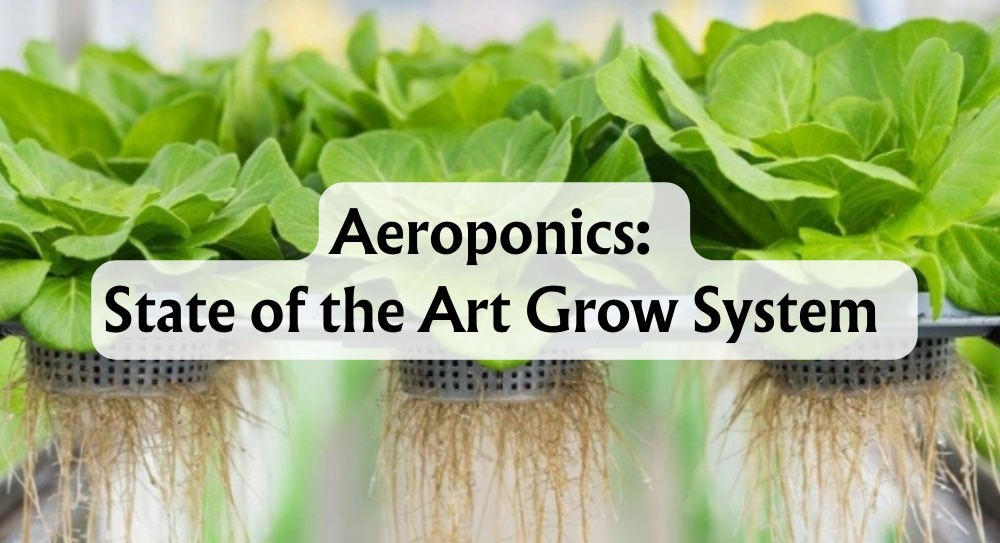Hydroponics offers an innovative approach to gardening that eliminates soil use, resulting in cleaner and more efficient plant growth. As enthusiasts of this soil-less cultivation method, we must ensure that our plants receive the optimal nutrient balance. Monitoring nutrient solutions with an Electrical Conductivity meter is crucial for successful hydroponic systems.
Understanding the significance of Electrical Conductivity can drastically improve plant health. In hydroponics, EC meters help us measure the levels of dissolved salts, providing insights into nutrient availability. This allows us to maintain the perfect environment for our plants to thrive, avoiding under or over-fertilisation.
Using an EC meter is straightforward and involves placing the probe into the nutrient solution and reading the value it displays. By consistently monitoring these levels, we can make informed adjustments to our hydroponic systems, ensuring balanced nutrition for robust plant growth.
Key Takeaways
- EC meters help measure dissolved nutrient levels.
- Regular monitoring ensures optimal plant nutrition.
- Adjustments based on EC readings enhance growth.
What Is EC?
Electrical Conductivity (EC) is a measure of a solution's ability to conduct electricity. This ability is based on the concentration of dissolved salts, or ions, in a nutrient solution, typically expressed in units like millisiemens (mS/cm) or microsiemens (µS/cm).
In hydroponics, maintaining the right EC is crucial. It acts as an indicator of nutrient strength, helping us understand if our plants are getting the right amount of nutrients.
We often use EC meters to gauge the concentration of nutrients. When nutrients are dissolved in water, they break apart into ions, which conduct electricity.
The link between EC and nutrient concentration helps us adjust the nutrient mix. For instance, a low EC might mean too few nutrients, causing deficiencies. Conversely, high EC levels could indicate excess nutrients, leading to toxicities.
Importance in Hydroponics
EC plays a critical role in plant health and growth. By knowing the EC levels, we ensure our plants are thriving and reaching their yield potential.
Maintaining the correct EC can make all the difference. Incorrect levels might cause us to face issues such as stunted growth due to deficiencies or leaf burn from excessive nutrients.
By keeping an eye on EC, we ensure balanced nutrient uptake, leading to healthy and productive plants. An understanding of EC helps us optimise growing conditions and improve plant performance.
The Difference Between EC and TDS
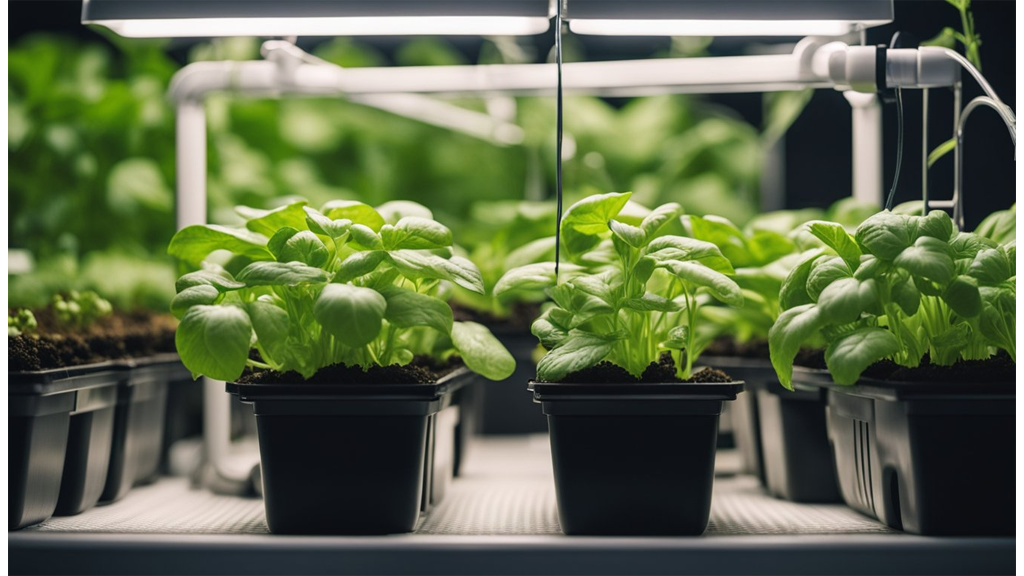
Understanding Total Dissolved Solids (TDS)
Total Dissolved Solids (TDS) refers to the total concentration of dissolved substances in water, usually measured in parts per million (PPM). It's an important metric because it gives us a snapshot of the nutrient solution's concentration.
Comparing EC and TDS Measurements
Electrical Conductivity (EC) measures the ability of a solution to conduct electricity. Unlike TDS, which estimates the total dissolved solids, EC provides a direct measurement of ionic activity and concentration.
Conversion Factors
To convert EC to TDS, we typically use a conversion factor. Common ones include multiplying EC values (in mS/cm) by 500 or 700 to estimate TDS in PPM.
Advantages of Using EC Over TDS
Using EC offers more precision as it measures conductivity directly rather than relying on estimation. This accuracy can lead to better management of nutrient solutions in hydroponic systems.
What EC Is Used For in Hydroponics
Monitoring Nutrient Concentration
In hydroponics, we rely on Electrical Conductivity (EC) to determine the concentration of nutrients in our solutions. The EC meter measures how well an electrical current travels through the nutrient solution, indicating how rich the solution is in essential minerals like calcium and magnesium.
A regular check ensures our plants get the nutrients they need.
Preventing Nutrient Imbalances
By monitoring EC levels, hydroponic growers can avoid nutrient imbalances that could lead to over-fertilisation or under-fertilisation. Keeping an eye on sodium levels is crucial, as high sodium can hinder nutrient uptake and affect plant growth.
We adjust feeding schedules based on EC readings to maintain balanced nutrient proportions.
Enhancing Plant Health and Yield
Maintaining the right EC level is essential for promoting healthy plant growth and maximising crop yields. Appropriate EC levels help ensure plants receive the right combination of nutrients, especially vital elements such as calcium and magnesium.
When EC levels are optimal, we see robust growth and improved plant health, resulting in better yields.
By regularly using an EC meter, we can make informed adjustments to nutrient solutions, encourage vigorous plant growth, and ultimately improve hydroponic productivity.
How To Test For EC in Hydroponics
Testing the electrical conductivity (EC) in hydroponics is a crucial aspect of managing nutrient solutions effectively. To begin, let's discuss the selection of an EC meter. Handheld meters are popular due to their portability, while continuous monitoring systems provide real-time feedback. It's essential to consider factors such as accuracy, ease of use, and cost when choosing a suitable meter.
Regular calibration of the EC meter is vital to ensure accurate measurements. We should use a calibration solution to adjust the meter before each use. This involves immersing the probe in the solution and adjusting the meter according to the provided instructions. Frequent calibration ensures that our EC readings remain reliable.
When it's time to measure the nutrient solution, we need to follow proper techniques. First, collect a sample of the water from the hydroponic system. The sample should be taken in a clean container to avoid contamination. Insert the EC meter's probe into the sample and take the conductivity reading directly from the display.
Recording results after each test is essential for tracking changes in EC levels. Testing should be done regularly, depending on our system's requirements. Many growers find that checking the EC every few days works well. This helps us make informed decisions about nutrient adjustments based on current EC measurements.
Interpreting EC readings is key to maintaining optimal growth. Different plant species and growth stages have specific EC ranges that maximise nutrient uptake. By understanding these, we can adjust the nutrient concentrations accordingly to support healthy plant development.
Using an EC Meter for Testing EC Levels
Let's explore how to use an EC meter for hydroponics effectively. It's a crucial tool for measuring the electrical conductivity (EC) levels in our nutrient solution. Knowing these levels helps us ensure plants receive the right amount of nutrients.
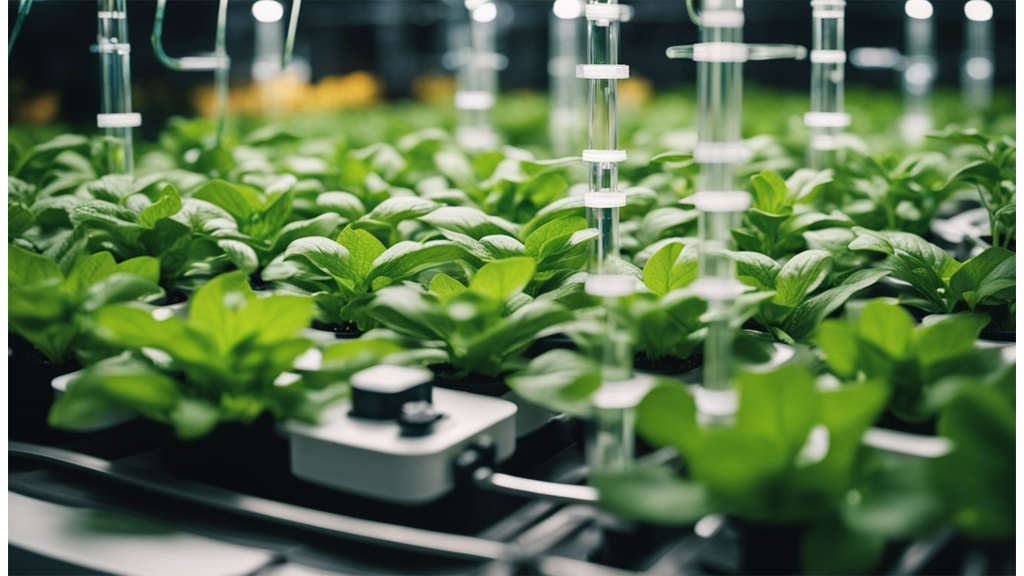
Step-by-Step Tutorial
Preparing the Nutrient Solution
Carefully mix nutrients according to the manufacturer's recommendations. This ensures an optimal balance of elements. Before testing, allow the solution to stabilise. Waiting a few minutes can help achieve accurate readings.
Testing the Solution
Gently insert the EC meter probe into the nutrient solution. It's important to submerge the probe to the correct depth without allowing air bubbles to form. This avoids inaccurate readings.
Reading and Recording Results
Once we've placed the probe, the EC meter will display a value. Make sure to note this number. Consistently keeping a log of EC readings allows us to monitor trends and make necessary adjustments to our nutrient solution.
By following these steps, we make sure our hydroponics system runs smoothly. The key is consistent monitoring and adjustment. So, let's embrace the power of an EC meter and take our gardening success to the next level.
Factors To Consider
Water Quality
When using an EC meter, water quality is crucial. The EC of the source water affects the nutrient solution. For a consistent baseline, reverse osmosis (RO) water can help. RO water minimises variations in nutrient concentrations, ensuring our readings are more accurate.
Temperature
Temperature impacts EC readings significantly. Sensors can detect different readings at various temperatures due to water's changing conductivity. We must compensate for these variations. Most modern EC meters come with automatic temperature compensation, so check for this feature before purchasing.
Plant Species and Growth Stage
Different plants require varying EC levels. What works for lettuce may not suit tomatoes. Additionally, stages like vegetative growth or flowering demand specific EC adjustments. We should research and tailor our nutrient solutions based on both plant type and stage.
Environmental Conditions
Environmental factors like humidity, light intensity, and CO₂ levels directly influence nutrient uptake. These conditions affect EC requirements. For instance, higher humidity may require lower EC due to reduced transpiration rates. Regularly monitoring and adjusting based on our greenhouse or indoor growing environment ensures plants remain healthy.
Conclusion
Monitoring and maintaining appropriate EC levels in our hydroponic systems is essential for optimal plant growth. By keeping a regular check on these levels, we ensure our plants are receiving the proper balance of nutrients. This careful management can prevent both toxicities and deficiencies in our crops.
Incorporating regular EC testing into our gardening routine can lead to healthier plants and improved yields. It's a straightforward process with the help of a reliable EC meter, allowing us to address potential issues early. By remaining vigilant, we can optimise our plant's environment for successful growth.
We're always discovering new strategies and tools to enhance our hydroponic gardening experience. We encourage exploring further resources, whether through reading more articles or experimenting with different systems. Let's make our hydroponic gardens flourish together.

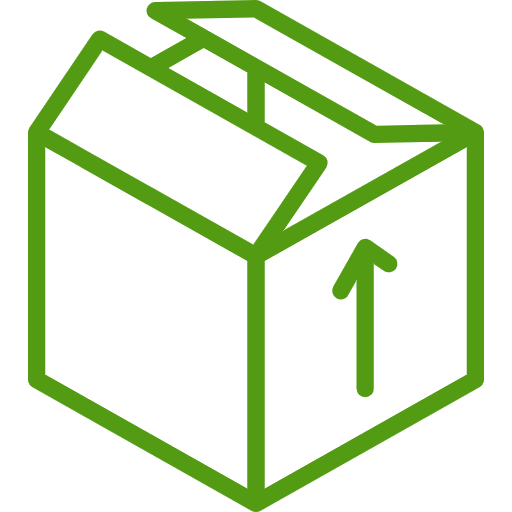





 Store Locator
Store Locator
